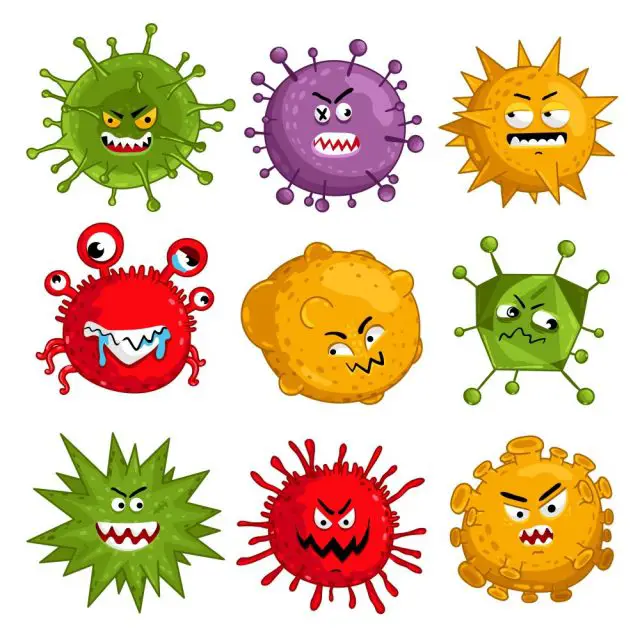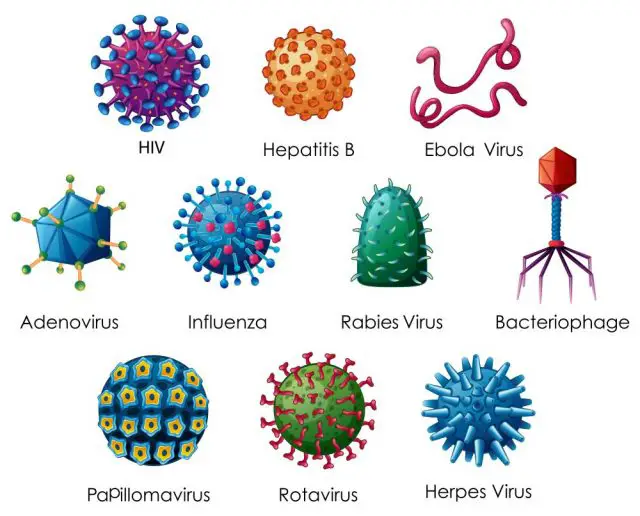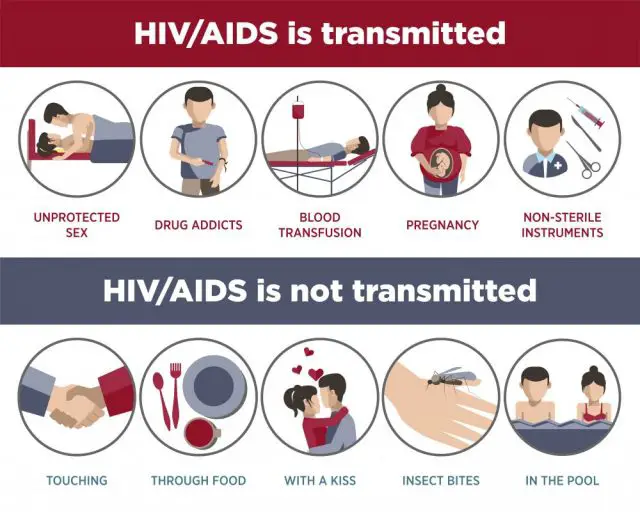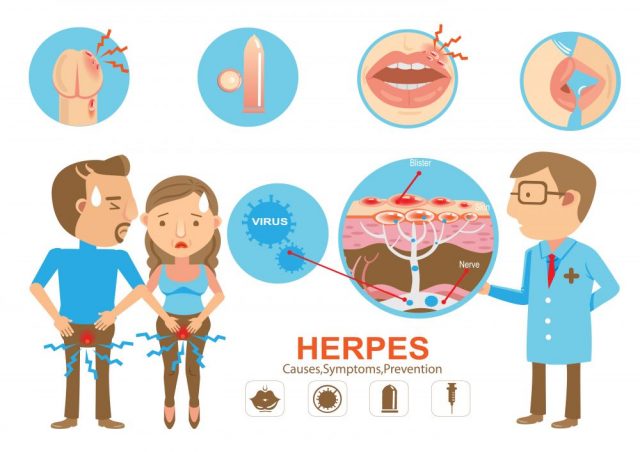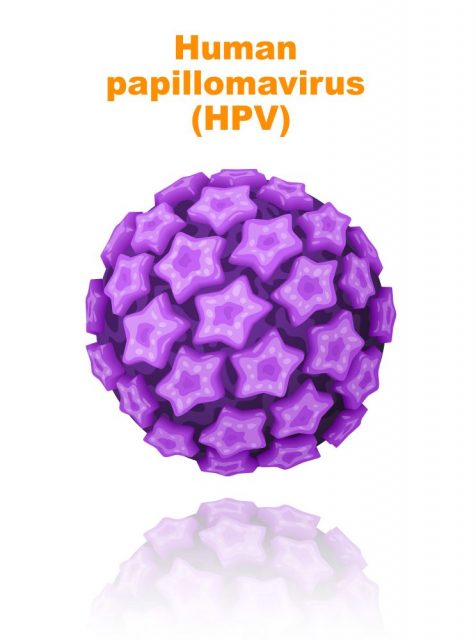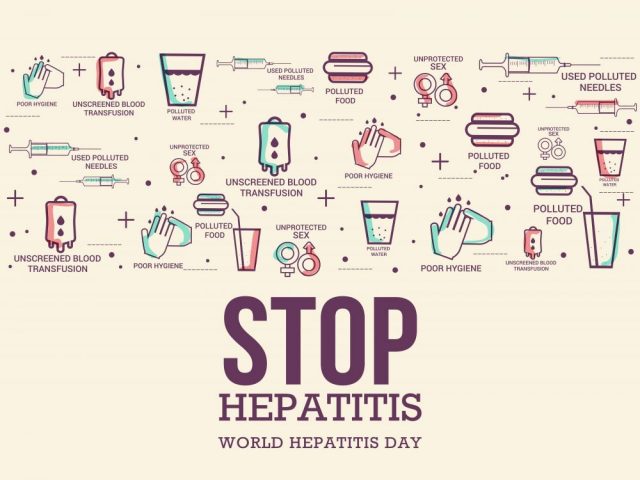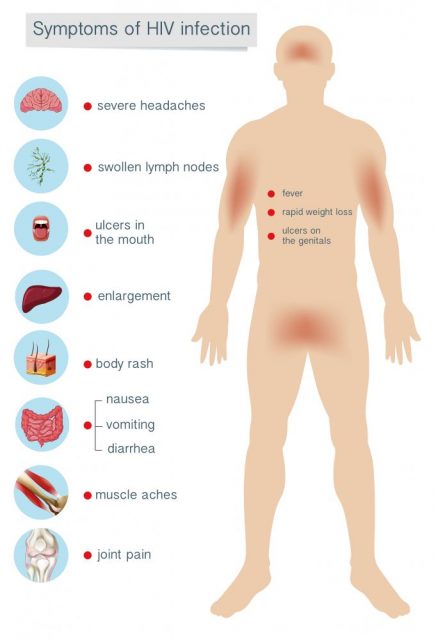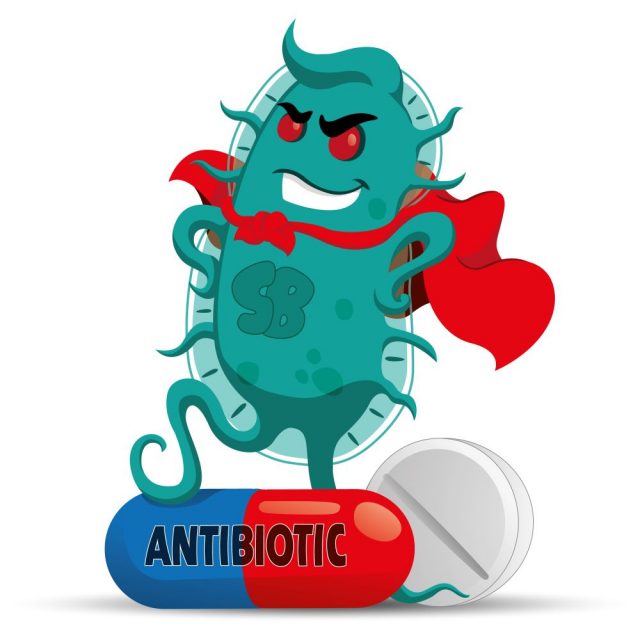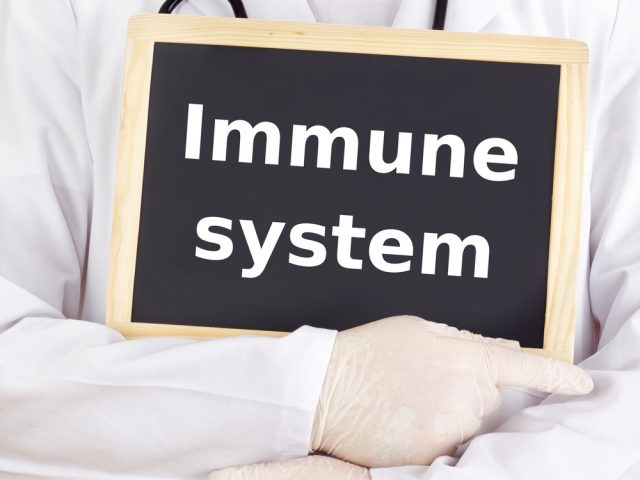What to Know About Viral STDs
Introduction
There are four types of sexually transmitted diseases: bacterial, viral, parasitic, and fungal. Of the four, the most sinister variety are the viral diseases. The reason for this is that unlike their cousins, they are incurable. Of course, treatments can be made to alleviate symptoms, but there is not way to entirely rid the body of these diseases. The key to fighting viral sexually transmitted diseases is knowledge. The more you know about them, and the more you understand the seriousness of them, the better prepared you will be to protect against them. So, let’s start from the beginning.
How are Viral STDs Spread?
All sexually transmitted diseases are spread the way that their name implies: sexually. However, there’s a little bit more to it. Yes, having sex can cause you to contract an STD, but if you are not using a condom, your chances are much higher. But condoms are not foolproof. They protect very well against STDs that are passed by fluid, such as HIV. But for those that are passed skin-to-skin, like herpes, they could be ineffective for areas left uncovered.
As we mentioned, there are certain types of STDs that are passed through fluid, and others that are passed via skin contact. Neither is more dangerous than the other, it is simply a matter of a difference of delivery. HPV and herpes can both be transmitted by skin contact, while HIV is transmitted by fluid. Hepatitis, which can occur in three types of strains: A, B, and C, is transmitted through various ways.
List of Viral STDs
The viral STDs are actually very easy to remember. They are commonly referred to as the “four H’s”.
- HIV – The biggest and scariest on the list is HIV. The doorway to AIDS, this virus can wreak havoc on your immune system and eventually lead to death.
 HIV is a specific kind of virus called a retrovirus, which essentially mean that it changes an infected cell’s DNA. It directly affects the immune system, making it very difficult for an infected person to recover from common illnesses. To contract HIV, the virus has to enter the bloodstream, which is possible in a number of ways. It can be done directly with a needle or through an open cut. It can also be transmitted through various mucus membranes, such as those that line the vagina and rectum, as well as the eyes and nose, or through the opening of the penis. Not all bodily fluids can transmit the virus, though. The five high risk fluids are blood, semen, vaginal fluid, pre-ejaculate, and breast milk. Other fluids like saliva, sweat, and urine carry a much lower risk, since the amount of the virus in them is much lower.
HIV is a specific kind of virus called a retrovirus, which essentially mean that it changes an infected cell’s DNA. It directly affects the immune system, making it very difficult for an infected person to recover from common illnesses. To contract HIV, the virus has to enter the bloodstream, which is possible in a number of ways. It can be done directly with a needle or through an open cut. It can also be transmitted through various mucus membranes, such as those that line the vagina and rectum, as well as the eyes and nose, or through the opening of the penis. Not all bodily fluids can transmit the virus, though. The five high risk fluids are blood, semen, vaginal fluid, pre-ejaculate, and breast milk. Other fluids like saliva, sweat, and urine carry a much lower risk, since the amount of the virus in them is much lower. - Herpes – About 20% of Americans are infected with HSV2, the strain that usually causes genital herpes. HSV stands for herpes simplex virus, and there are two types, HSV1 and HSV2.
 Oral herpes is typically caused by HSV1, while genital herpes can be caused by either, though usually the second strain. It can be spread by direct contact of skin by blistered areas, though transmission can also occur where no outbreak appears to be present. In fact, most often the virus is spread during these times, since those who are infected are usually more careful during outbreaks.
Oral herpes is typically caused by HSV1, while genital herpes can be caused by either, though usually the second strain. It can be spread by direct contact of skin by blistered areas, though transmission can also occur where no outbreak appears to be present. In fact, most often the virus is spread during these times, since those who are infected are usually more careful during outbreaks. - Human Papillomavirus (HPV) – Nearly 75% of Americans have had this disease at one point. There are over 70 different kinds of HPV, and about 30 are sexually transmitted.
 The ones that typically cause genital warts are either HPV-6 or HPV-11. Even more serious strains, referred to as high-risk HPV, can cause cancer in the reproductive systems of both men and women. HPV is the only one of the four H’s in which the virus may go away on its own. This is fortunate, especially considering the incredibly high percentage of infection.
The ones that typically cause genital warts are either HPV-6 or HPV-11. Even more serious strains, referred to as high-risk HPV, can cause cancer in the reproductive systems of both men and women. HPV is the only one of the four H’s in which the virus may go away on its own. This is fortunate, especially considering the incredibly high percentage of infection. - Hepatitis – This disease can cause terrible damage to the liver in its B form, which is the form that is most often transmitted sexually.
 Hepatitis A can also be transmitted through oral and anal contact. Like HIV, it can be found in blood, semen, vaginal fluid, and breast milk, and can be transmitted through them. The only non-chronic variety of this virus is Hep A, and thus it is the least serious.
Hepatitis A can also be transmitted through oral and anal contact. Like HIV, it can be found in blood, semen, vaginal fluid, and breast milk, and can be transmitted through them. The only non-chronic variety of this virus is Hep A, and thus it is the least serious.
Symptoms of viral STDs
If you’re not feeling quite right, but you aren’t sure what the problem is, you may want to check through this list of common symptoms. Please remember, though, that if you really are concerned that you may have contracted an STD, see your doctor. It is always better to be safe than sorry, and the tests are free.
We’ve already gone over the list of viral STDs, now here are their most common symptoms:
- HIV – The symptoms of HIV can be tricky to place, since some people don’t show any for several years. However, some possible early symptoms include swollen glands, fever, headaches and soreness. These early symptoms don’t last long, and typically someone with HIV will not have any more symptoms for many years. Eventually, HIV develops into AIDS, which has its own set of symptoms.
- Herpes – Symptoms can be very easily recognized as sores around the genital area. They can also form around the anus and buttocks, so don’t dispel sores around these areas. Besides this, though, it can be very hard to tell if you have herpes without an active breakout. Breakouts can last for a few weeks at a time, and may go away for weeks or months at a time.
- HPV – There are a few different ways this STD can present itself. The most common way is in the form of genital warts, which are soft bumps on the genital area. They’re usually painless but can sometimes be itchy. More serious forms of HPV can cause cancer, while others can be benign, and cause no issues.
- Hepatitis – Unfortunately, half of a people with hepatitis B have no symptoms. Those that do can experience a number of very ugly symptoms, such as extreme fatigue and pain in the lower abdomen. This can be coupled with nausea and vomiting, headaches, fever, and pale bowel movements. Since hepatitis effects the liver, jaundice is also a common symptom.
These are just the most common symptoms of each of these STDs. They may or may not present themselves in other ways, so it is always better to be safe and check with a doctor.
Misconceptions of Viral STDs
Due to lack of education on viral STDs, many misconceptions have arisen that could cause issues for you if you believe them to be true. Let’s take a look at a couple of these misconceptions.
Viral STDs are curable with antibiotics – This is a very common and potentially harmful misconception. Antibiotics are for bacterial infections only, and will not help in treatment of viral infections. If you are trying to treat a viral STD with an antibiotic, you are not doing yourself any good, and wasting time on potentially helpful treatment that could be done.
Viral STDs are curable – While this is not entirely untrue, viral STDs are generally incurable. Sometimes HPV can go away on its own, but other than that, viral STDs do not go away and can not be cured, only treated.
Viral STD Treatment
While they may be incurable, viral STDs can be treated to relieve the symptoms and effects. HPV can often be fought off by the body’s natural defenses, and its resulting genital warts can be treated like any other wart with freezing, burning, lasering, or by injecting medication.
HIV can not be cured, but can be treated. Typically this is done with a cocktail of medications that need to be taken regularly to stave off the development of the virus. These medications help support the immune system, which is compromised under the virus.
What Can Be Done?
The fight against viral STDs is one best done before you ever contract them. Unfortunately, they can not be cured, and only treated with medications. With the right information and a careful approach to sex, you can avoid most STDs with relative ease. So, arm yourself with knowledge and always be safe with new partners, and you will stand a much better chance against both viral and bacterial STDs.

